Complete Guide: How to Overwinter Pepper Plants for Bigger Yields Next Year
Overwinter pepper plants for continuing harvests or to set yourself up for success next summer. A little work now will help you get the best results.
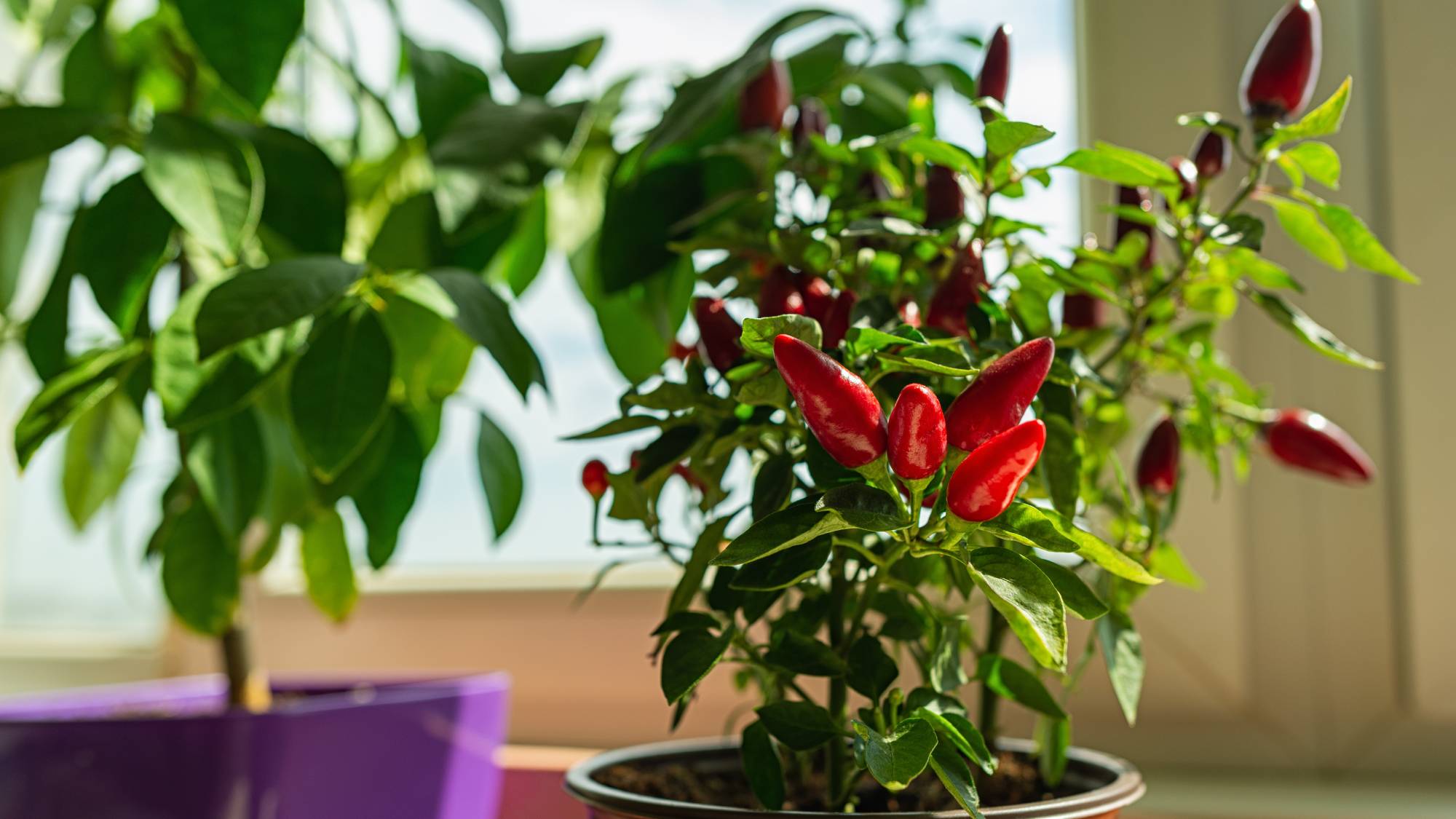
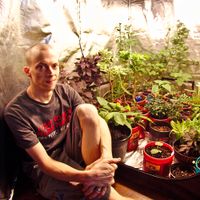
Overwintering pepper plants is a smart way to dodge the spring scramble. Most folks treat peppers as annuals, but with a little frost protection they’ll survive and thrive for seasons. Carrying your peppers through winter sets you up for bigger, faster harvests once warm weather hits.
When it comes to growing peppers, know this, anything below USDA Zone 9 means your plants can’t survive outside once frost arrives. They’ll quickly soften and die back. The good news is, with some indoor overwintering, you can keep them alive and ready for the next season.
Peppers like poblano or Hungarian wax can live years with overwintering, saving you money on seeds. A bit of know-how on growing peppers, plus picking the right method—indoors, dormant, or greenhouse—sets you up for killer yields that outshine new plants.
Why Overwinter Pepper Plants?
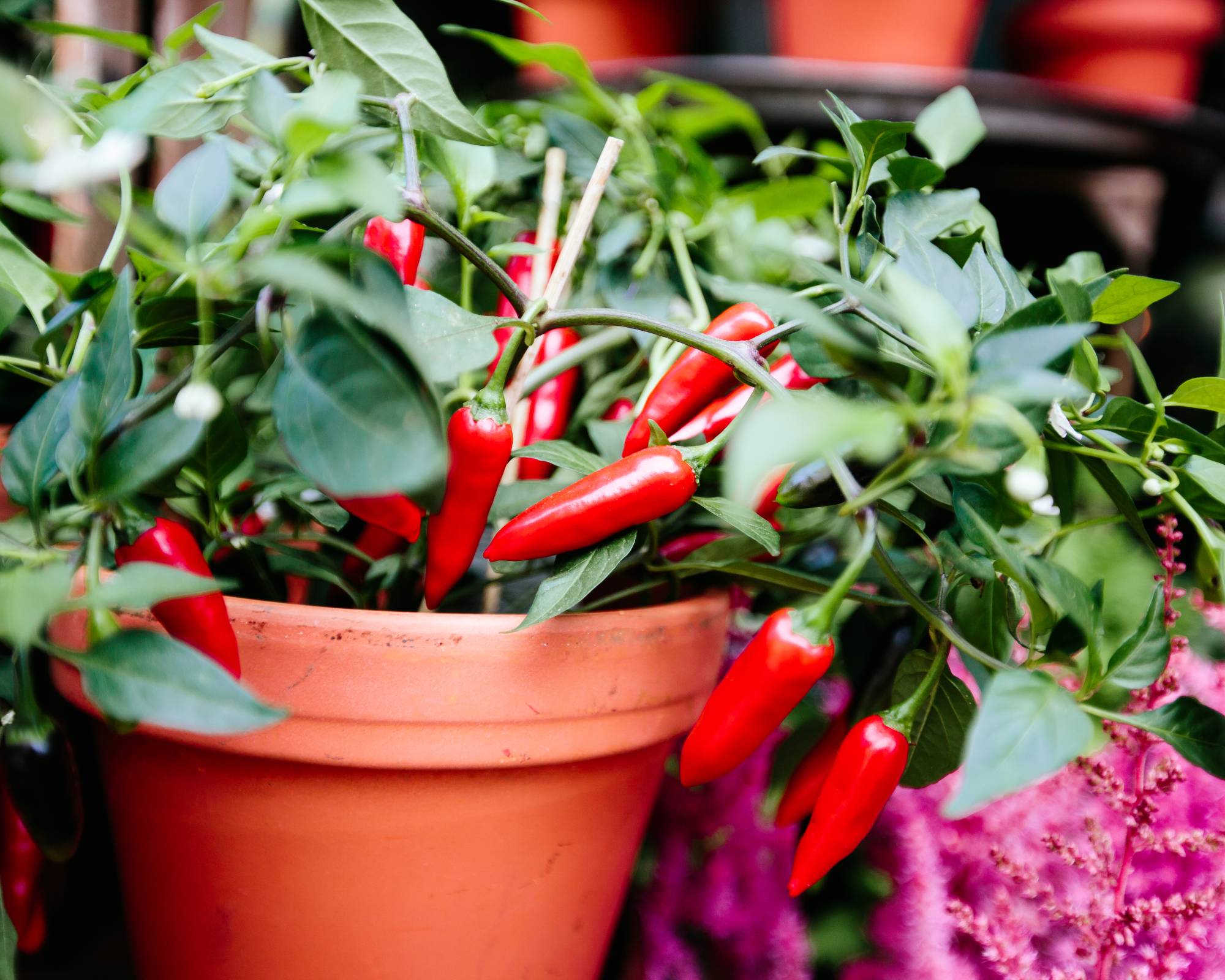
Overwintering pepper plants cuts costs on new seedlings each year. Peppers like cayenne or tabasco are perennials in warm climates, lasting 2-5 years. Bringing them in means they bloom earlier, pumping out more fruit without starting from scratch. Second-year Anaheim pepper plants can yield 20-30 peppers per plant.
Got a habanero pepper plant with the perfect kick? Overwintering keeps it going. Will pepper plants come back after winter? You bet, if protected—they’ll sprout fast in spring.
This method reduces waste. Instead of tossing plants in fall, you get multiple seasons from one. It’s a win for your wallet and the planet.
Choosing Plants to Overwinter
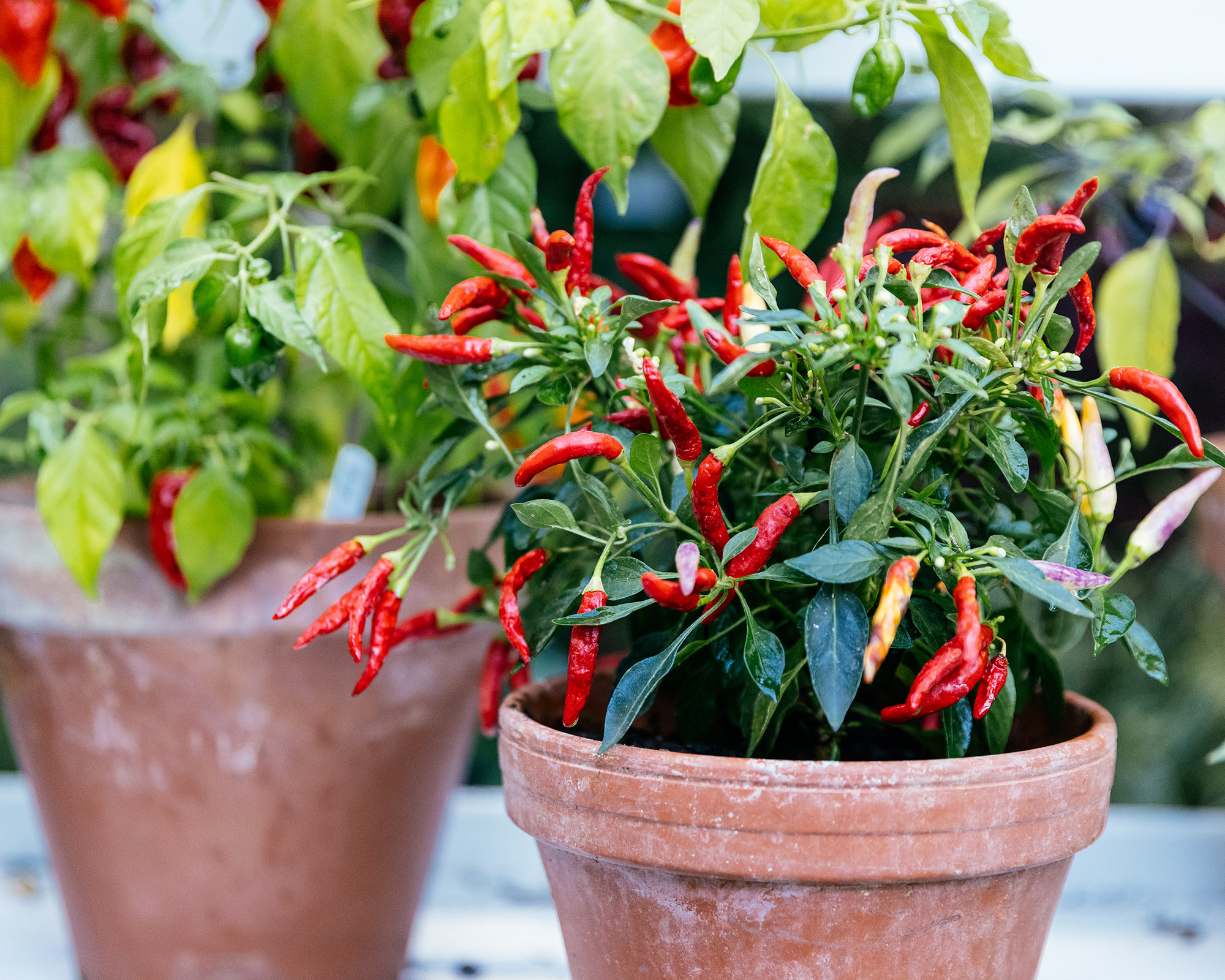
Pick healthy plants with solid yields. Skip any with aphids or pepper blight—they’ll spread trouble indoors. Compact varieties like Thai peppers are easier to manage than big Cubanelle pepper plants that sprawl.
Sign up for the Gardening Know How newsletter today and receive a free copy of our e-book "How to Grow Delicious Tomatoes".
Younger plants, in their first or second year, bounce back best. In zone 8 or warmer, some can stay outside with heavy mulch. One of my personal favorites are mini sweet lunchbox types. They’re easier to fit on my windowsill, and they’re absolutely delicious. I get my mini sweet pepper seeds from Amazon.
Space matters. Overwintering pepper plants indoors eats up room, so pick 2-3 favorites. Go for heat-lovers—they come back reliably.
Methods of Overwintering
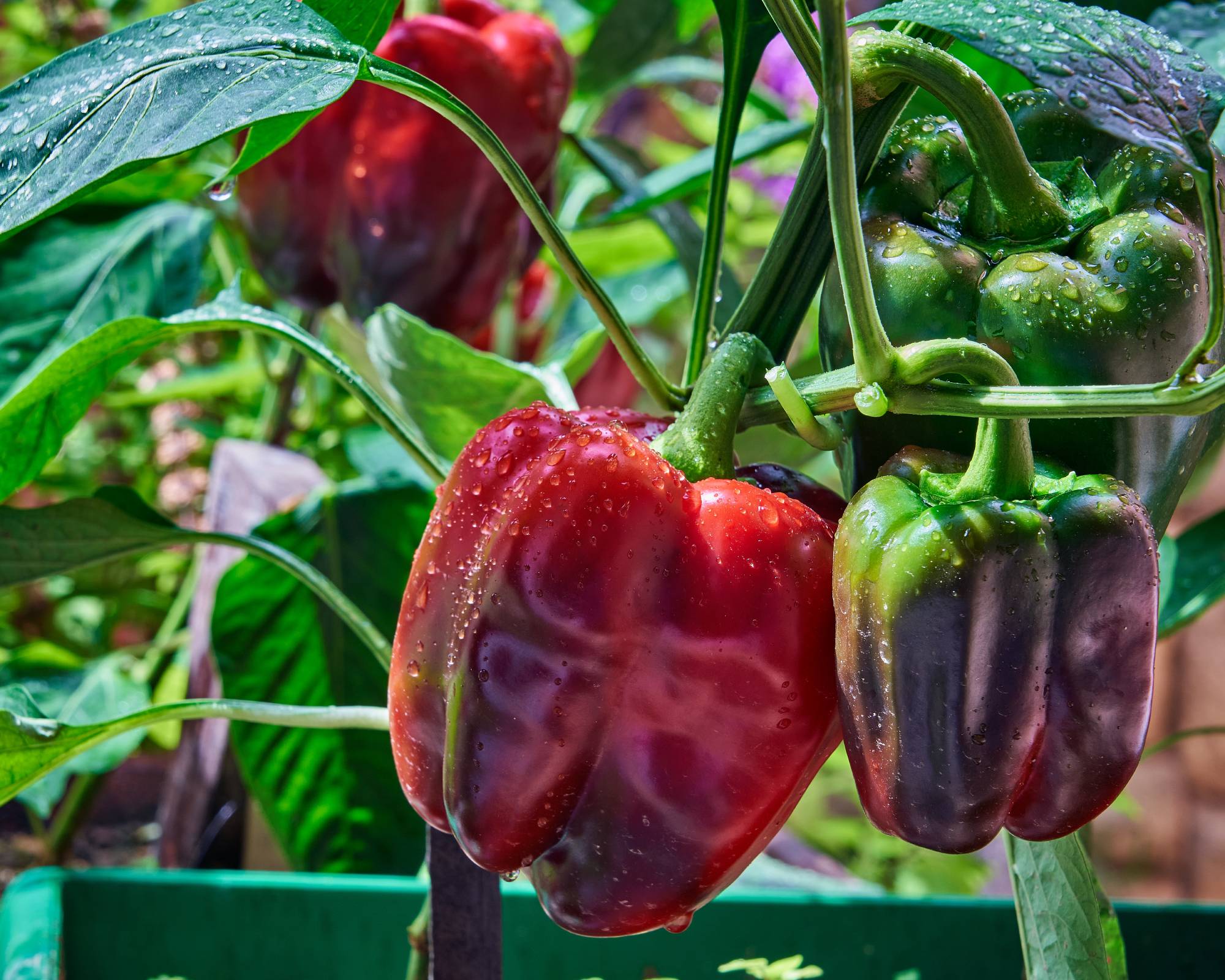
There are a few different ways to overwinter pepper plants which depend on what you want to get out of them. Are you looking to grow peppers indoors through the colder months or do you just want to store them for replanting next spring? Let's explore your options.
Grow Indoors
Make sure the peppers have plenty of light indoors, a window or some grow lights. I am an avid indoor gardener and love my Spider Farmer SF 4000 LED grow lights from Amazon.
Trim your pepper plants to 6–8 inches (15–20 cm) and plant in a pot with two parts soil and one part perlite. I like this 100% organic indoor potting mix from Amazon. Be sure the container has drainage holes.
It’s a good idea to let the top inch dry before watering and maintain a steady 60–70F (16–21C) for healthy growth. This keeps plants active, ready to fruit early. A splash of fermented rice water and balanced fertilizer every month boosts root microbes for vigor.
Dormant Storage
For dormant storage, cut pepper plants down low—4 to 6 inches (10–15 cm)—and haul the roots up. Dirt will cling, but shake off what you can. Wrap the roots in damp paper and stash them in a dark basement, the kind that stays somewhere near 40–50F (4–10C).
Don’t forget about them, though. Once a month you should check, because they’ll either shrivel or start to rot if left alone. This saves space but risks loss if temps dip too low. It’s like tucking plants in for a winter nap.
Greenhouse
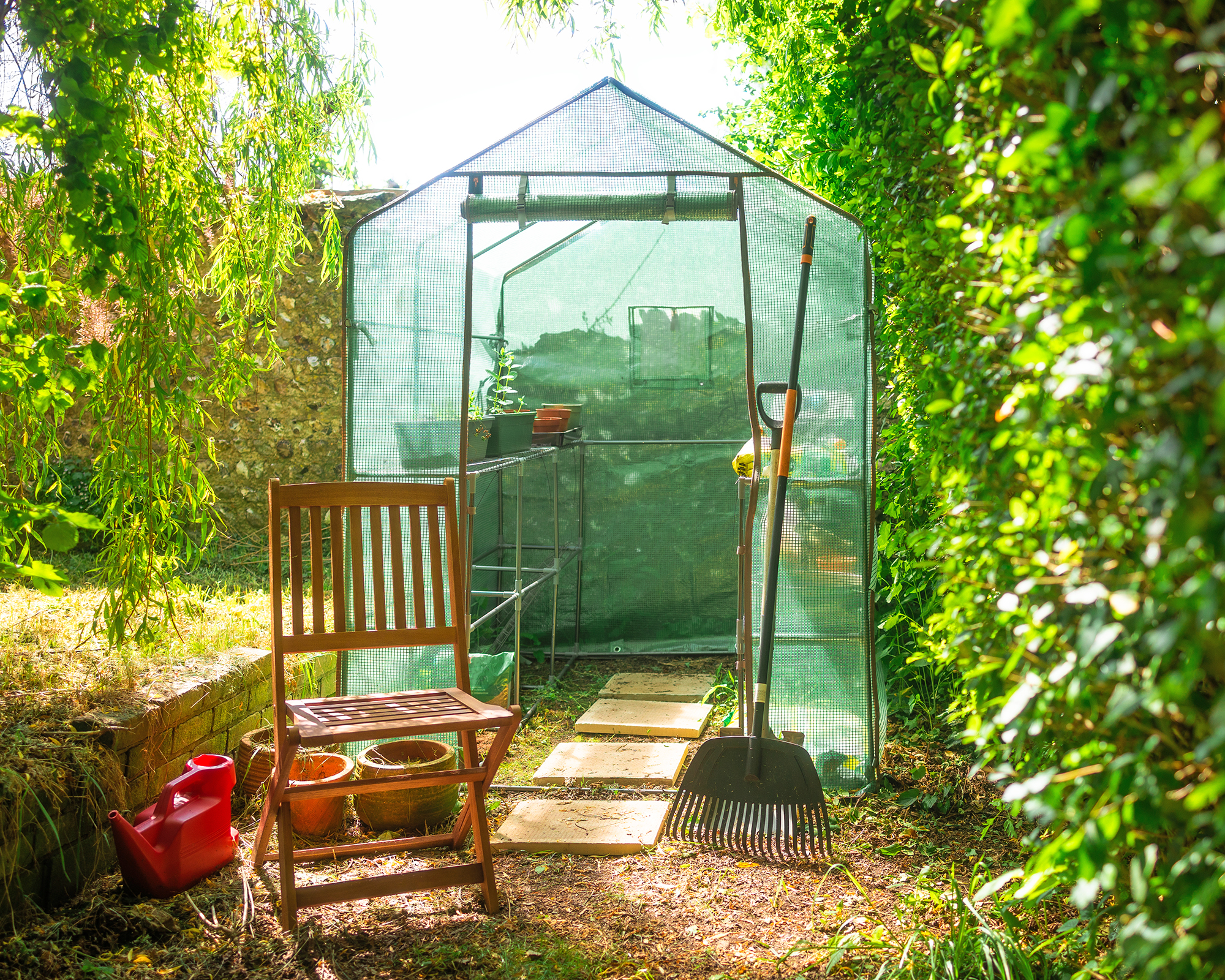
Got a greenhouse? Move peppers there. Trim lightly, and repot in fresh mix. Make sure to keep temps above 50F (10C) with heating mats. Water sparingly to avoid soggy roots. This mimics their tropical roots, setting up strong spring growth. It’s perfect for juggling multiple plants.
Don't have a greenhouse? This pop-up greenhouse from Amazon is a perfect way to extend your growing season, especially when paired with a heating mat or greenhouse heater plus thermostat, which are also available from Amazon.
Make sure that your greenhouse pepper plants get at least 6 hours of light per day, whether that is from the sun or an artificial grow light. They need consistent light to continue producing fruit.
Spring Revival
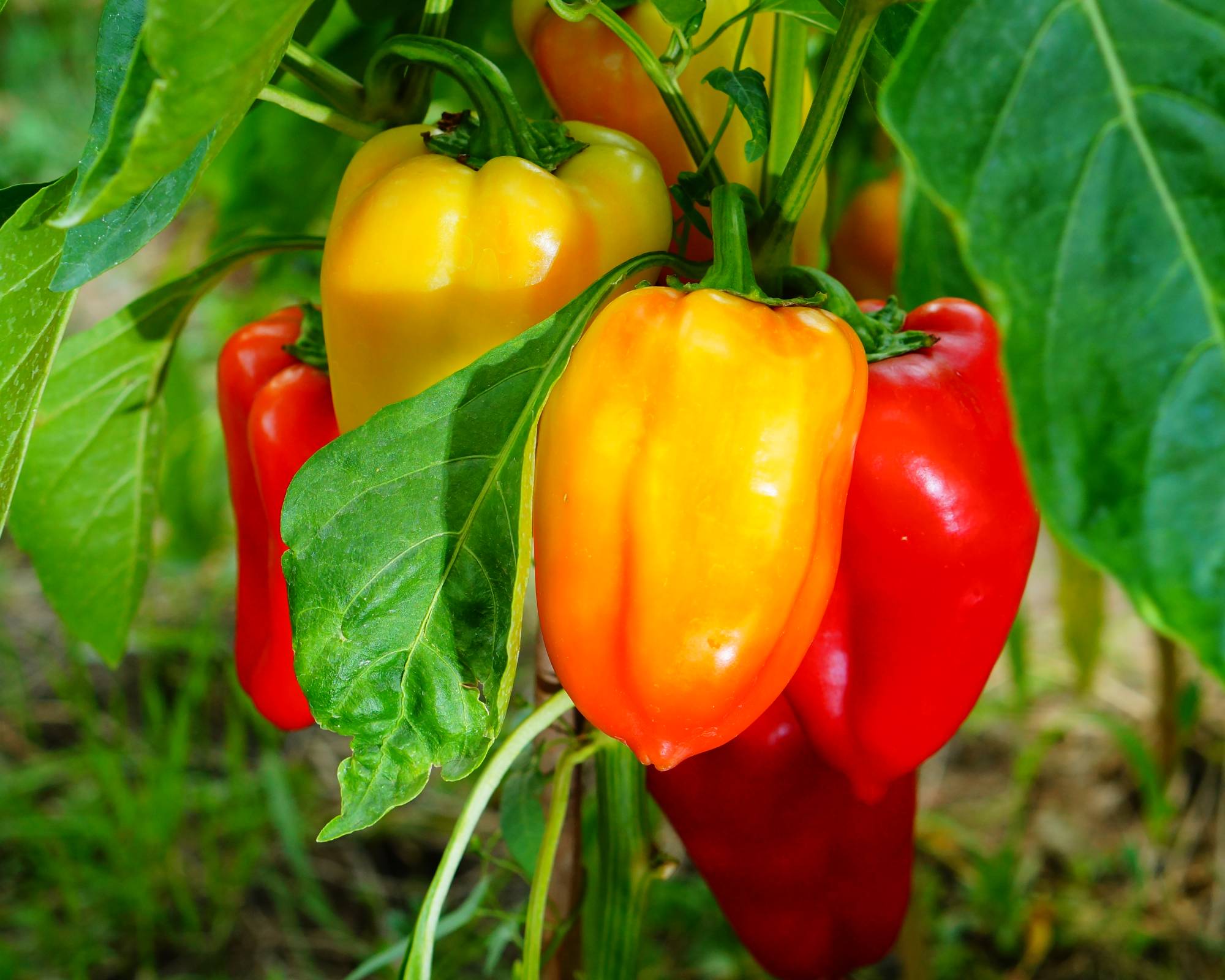
After that last frost hits—check your local dates—you’ll want to wake your peppers up. If they’ve been inside, move them somewhere brighter and give them a little feed with diluted 10-10-10 balanced fertilizer. Dormant ones? Pot them up in fresh soil, water lightly, and set somewhere warm so they start poking out new leaves. I usually toss a tiny bit of fertilizer once the first shoots show.
Greenhouse plants need hardening off. Start with 2 hours outside day one, 4 hours day two, up to a week. Transplant to garden beds with a shovelful of homemade compost. New growth shows in 2-4 weeks, with fruit in 60-90 days.
Mistakes to Avoid
Don’t overwinter sick plants—disease spreads fast indoors. Avoid pruning too much in fall. This weakens them. Overwatering causes rot—check soil with a finger, or meter a soil moisture meter. You don’t want to lose your best peppers to mushy roots. I use a 4-in-1 soil meter that I got from Amazon.
Don’t store below 40F (4C)—it kills them. Skip big varieties in small spaces as they crowd fast. Forgetting to harden off in spring shocks plants, so ease them outside. With a little know-how, you can keep enjoying your favorite peppers, season after season!
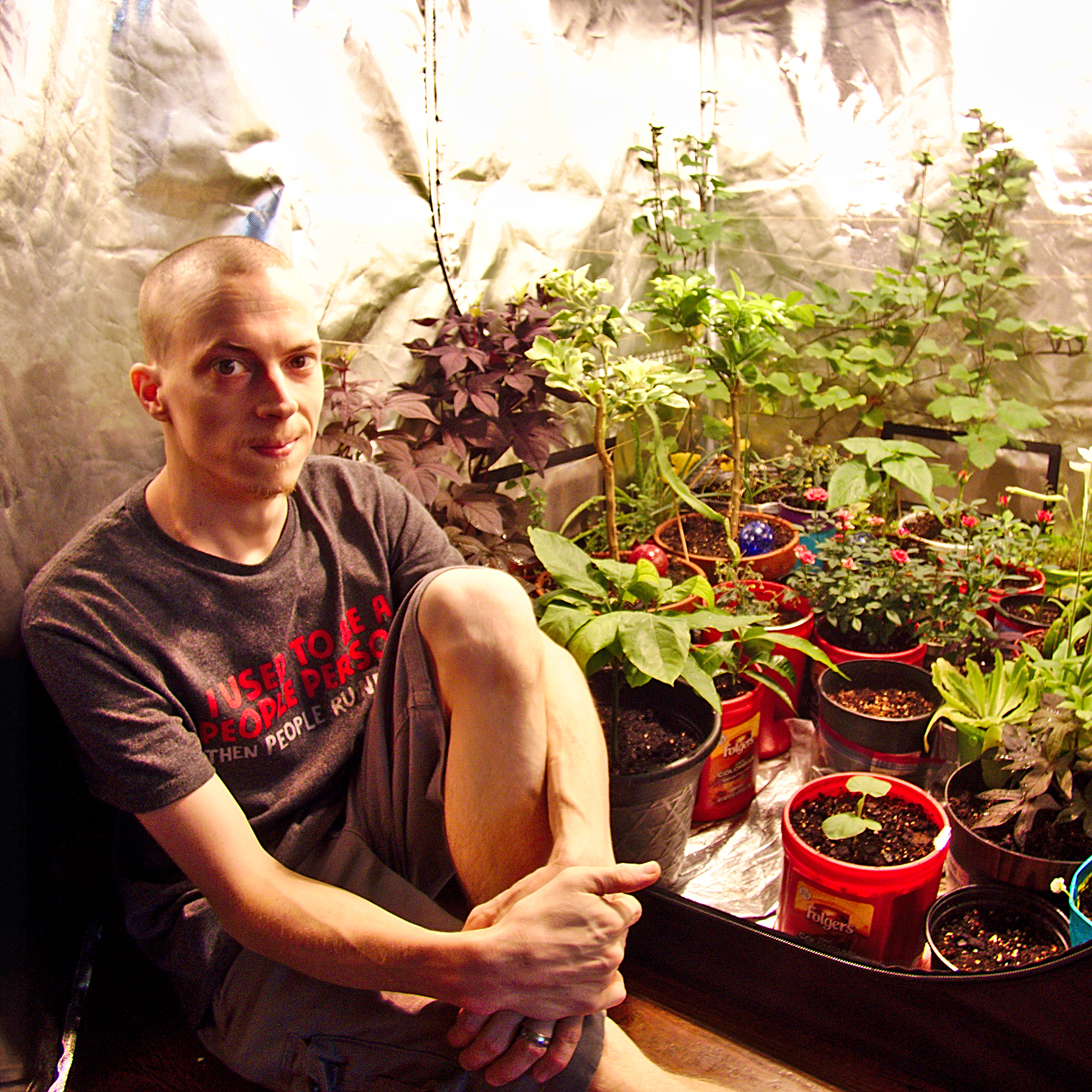
Tyler’s passion began with indoor gardening and deepened as he studied plant-fungi interactions in controlled settings. With a microbiology background focused on fungi, he’s spent over a decade solving tough and intricate gardening problems. After spinal injuries and brain surgery, Tyler’s approach to gardening changed. It became less about the hobby and more about recovery and adapting to physical limits. His growing success shows that disability doesn’t have to stop you from your goals.